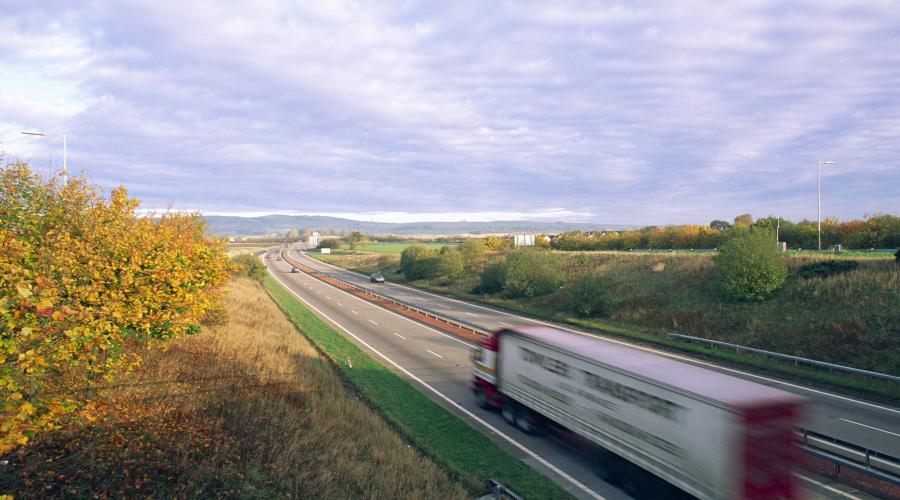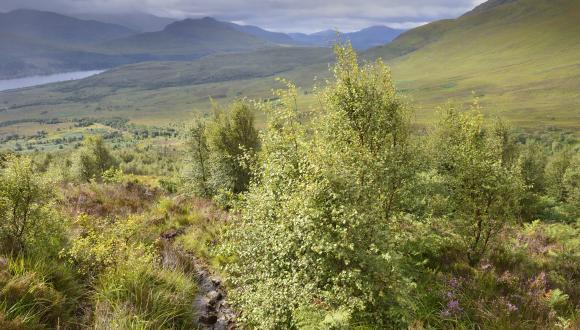
Habitat fragmentation
Habitat fragmentation occurs when larger areas of habitat are split into separate, smaller areas. It’s been happening for many years.
Typical habitat fragmentation process
- A large area of habitat – e.g. a woodland – is split in half by the construction of a road.
- For species unable to cross the road, the original area of habitat has now been split into two separate blocks.
- Over time, more roads are built, and some of the woodland is cleared and the land used for agriculture, then urban development.
- As the new land uses don’t provide suitable habitat for some woodland species, the total area of habitat available to those species decreases.
- Further development takes place, and the remaining areas of native woodland are now isolated from one another by different land uses.
- The original woodland habitat is now much smaller and highly fragmented, with the remaining patches of habitat perhaps far apart.
- Plant and animal species now find it difficult, if not impossible, to move between the remaining patches.
Adverse impacts on wildlife
Habitat fragmentation has a number of adverse impacts on wildlife.
Loss of available habitat area
If changing land uses reduce the total area of a habitat, the species that need those habitats are put under more pressure.
For example, the total area of Lowland raised bog in Scotland fell by 44% between 1947 and 1988 – that’s an average annual loss of 2.5km2 of raised bog habitat every year. Plants and animals dependent on this habitat have had to make do with a smaller total area of habitat each year.
Reduced patch size unable to support species
As habitats become more fragmented, the remaining habitat patches (core areas) can become too small to support species that need a large area to survive.
So, while some suitable habitat may remain, it might not be big enough to support all the species characteristic of that habitat type. For example, red squirrels are thought to need at least 6 hectares of suitable habitat to survive and reproduce.
Habitat and species more vulnerable to destruction
Greater fragmentation increases the distance between habitat patches, making it harder for individuals to move from one patch to another. Potential movement routes can also be fragmented – e.g. by a road that cuts through a strip of woodland.
This leaves the remaining population in each habitat patch very isolated, which also leads to inbreeding and loss of genetic diversity. Populations thus become more vulnerable and can be more easily lost if a catastrophic event arises.
Fragmentation also prevents individuals of the same species migrating from other patches to replace the lost population.
Greater impact of ‘edge effects’
The edge of a habitat patch is always next to a different land use and is often affected by ‘edge effects’ as a result.
As habitat fragmentation takes place, the remaining habitat patches get smaller and the relative amount of habitat edge in each patch increases. Edge effects thus come to influence a greater proportion of the habitat area.
Edge effects may include:
- increased light penetration
- higher wind speeds
- drift from chemicals being sprayed in an adjacent agricultural area
- unsuitable species spreading in from the adjacent land use
‘Edge species’ such as wild clematis respond well to an increase in edge area. ‘Interior species’, like bluebell, respond badly and must move further in to survive.
Many UK species tolerate edge effects and we have few interior species left. We may need to try to reduce habitat fragmentation, but we don’t necessarily need to recreate large individual habitat patches for most species to thrive.
Edge effects can also be positive: they create a mix of habitat types within an area, which is usually good for biodiversity, as long as patches are connected.




